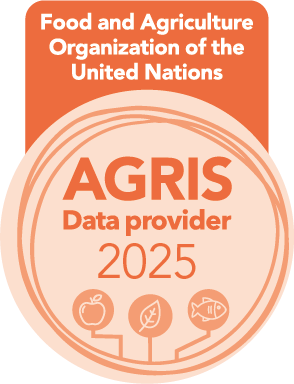Iron overload, its causes and complications
DOI:
https://doi.org/10.54393/df.v2i01.32Abstract
Iron overload shows bioaccumulation of iron in the cells of body due to any reason or factor in the field of biology and medicine. The underlying mechanisms and causes may vary and also the physiology and pathology. The most prominent causes of iron overload are hereditary haemochromatosis (HHC) and iron overload due to blood transfusions [1]. These two causes of iron overload can result from repeated blood transfusions. Iron overload can be prevented by regulating iron absorption in most humans. People with elevated levels of iron in the body get disorders of iron overload and iron overload in the body is the risk factor for many cancers. Iron overload happens in those persons with impaired iron absorption regulation mechanisms. Iron overload caused by transfusions causes malfunctions of the liver, heart and endocrine organs. Problems may begin after 30 units of red blood cells or even earlier [2].
Human body has the regulatory mechanism to lessen the amount of iron that is absorbed by the cells through digested food. However, it doesnot completely ceases or blocks the iron transportation pathway, even in the circumstances, where the extra iron deteriorates the linings of intestine e.g. if children consume heavy dosage of iron tablets produced for adults, even this more quantity of iron may cause fatal syndrome of iron overload via bloodstream. Increased amounts of free iron in blood stream will damage the hepatic, cardiac and other cells which are involved in metabolic pathways. Iron overload also causes hepatocellular carcinoma [3].
Generally iron overload is a risk factor for cancer and this hypothesis is supported and accepted by many experiments, studies and human data. An overproduction of reactive oxygen species and free radicals could explain its oncogenic effect. Among the many factors (viral hepatitis, alcohol, tobacco etc.) which play a role in carcinogenesis, iron overload is probably an important one and therefore should be diagnosed and treated well especially at their early stages treated [4].
References
Ellervik, C., A. Tybjaerg-Hansen, et al. Haemochromatosis genotype and iron overload: association with hypertension and left ventricular hypertrophy. J Intern Med, 2010; 268(3): 252-264. doi: 10.1111/j.1365-2796.2010.02217.x
Jian, J., Q. Yang, et al. Effects of iron deficiency and iron overload on angiogenesis and oxidative stress-a potential dual role for iron in breast cancer. Free Radic Biol Med, 2011; 50(7): 841-847. doi: 10.1016/j.freeradbiomed.2010.12.028
D'Souza, G., A. R. Kreimer, et al. Case-control study of human papillomavirus and oropharyngeal cancer. N Engl J Med, 2007; 356(19): 1944-1956. doi: 10.1056/NEJMoa065497
Blanc, J. F., P. Bioulac-Sage, et al. Iron overload and cancer. Bull Acad Natl Med, 2000; 184(2): 355-363.
Downloads
Published
How to Cite
Issue
Section
License
Copyright (c) 2021 DIET FACTOR (Journal of Nutritional & Food Sciences)

This work is licensed under a Creative Commons Attribution 4.0 International License.
This is an open-access journal and all the published articles / items are distributed under the terms of the Creative Commons Attribution License, which permits unrestricted use, distribution, and reproduction in any medium, provided the original author and source are credited. For comments












